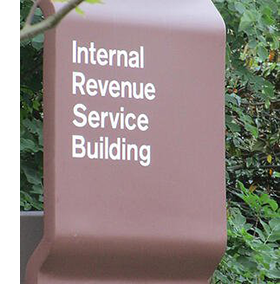In early June, the Internal Revenue Service started sending letters to families about how they may be able to qualify for monthly Child Tax Credit payments.
The letters are going out to families who may be eligible based on information they included in either their 2019 or 2020 tax return or who used the Non-Filers tool on IRS.gov last year to register for an Economic Impact Payment.
When Congress passed the American Rescue Plan Act in March, they expanded the Child Tax Credit to provide families up to $3,600 per child for 2021. Families who are eligible for advance Child Tax Credit payments will receive a second, personalized letter giving an estimate of their monthly payment, which starts July 15.
According to the IRS, the payment will be for up to $300 per month for each qualifying child under the age of six and up to $250 per month for each qualifying child who is between ages six to 17. The tax credits are being structured as advance payments, which will be advanced on July 15, Aug. 13, Sept. 15, Oct. 15, Nov. 15 and Dec. 15.
The IRS encourages individuals and families who have not filed a 2020 return – or a 2019 return – to file as soon as possible so they can get any advance payment for which they are eligible.
Eligible families will receive their credit through either direct deposit or check. Families can also opt out of the advance payments as well.
Later this year, people will be able to visit IRS.gov and use a Child Tax Credit Update Portal to notify IRS of changes in their income, filing status, or number of qualifying children; update their direct deposit information; and make other changes to ensure they are receiving the right amount as quickly as possible. They can also use the portal to opt out of the credit.
Until the portal is built, visit a new page for the Child Tax Credit to learn about the most up-to-date information about the credit and the advance payments. In the next few weeks, the page will also provide other useful online tools, including an interactive Child Tax Credit eligibility tool to help families see if they qualify for the advance Child Tax Credit payments.





